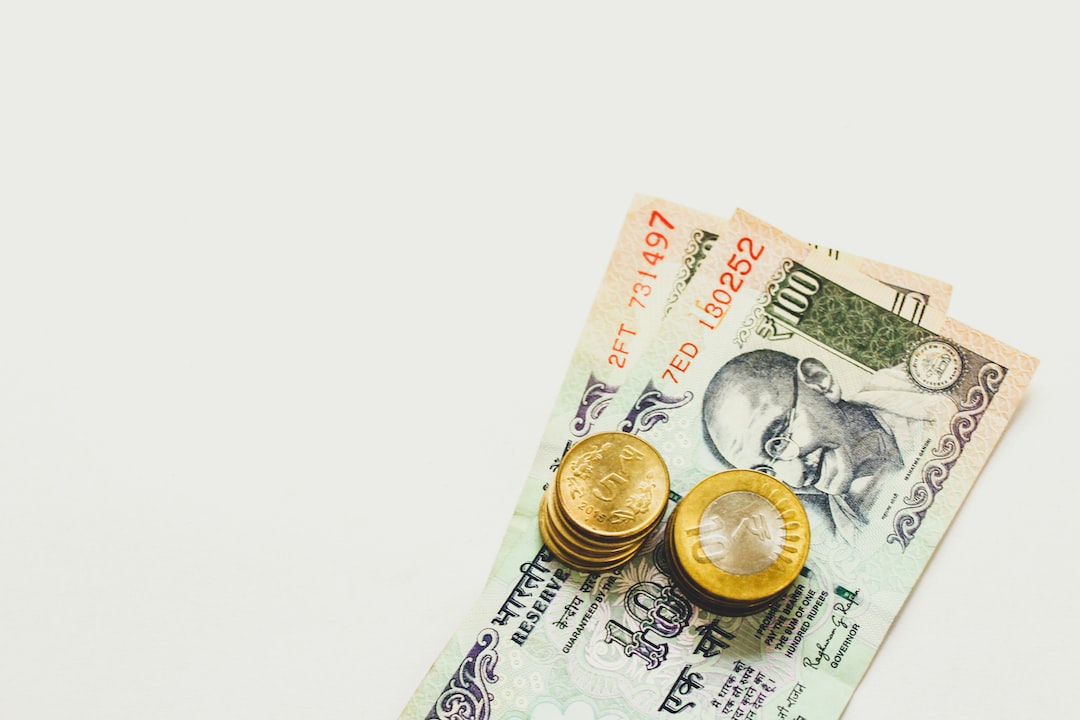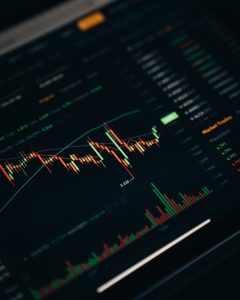Forex trading is a profitable venture that many people have engaged in over the years. It involves buying and selling currency pairs in the foreign exchange market, with the aim of making a profit from the fluctuations in exchange rates. However, one of the most critical aspects of Forex trading is risk management. In this article, we will explore the question, “How much of a lot should I risk?” and provide some tips on how to manage risk in Forex trading.
What is a Lot in Forex Trading?
Before we delve into the topic of risk management, let’s first define what a lot is in Forex trading. A lot is a unit of measurement used to quantify the size of a trade. In Forex trading, a standard lot is 100,000 units of the base currency. For example, if you are trading the EUR/USD currency pair, the base currency is the Euro. Therefore, a standard lot of EUR/USD would be 100,000 Euros.
Other lot sizes in Forex trading include a mini lot, which is 10,000 units of the base currency, and a micro lot, which is 1,000 units of the base currency. The lot size you choose to trade with will depend on your trading strategy, risk tolerance, and account balance.
How Much of a Lot Should I Risk?
The amount of a lot you should risk depends on several factors, including your trading strategy, risk tolerance, and account balance. Generally, it is recommended that traders risk no more than 1-2% of their account balance per trade. This means that if you have a $10,000 trading account, you should risk no more than $100-$200 per trade.
Risking more than 1-2% of your account balance per trade can lead to significant losses, which can wipe out your trading account. Therefore, it is essential to have a solid risk management plan in place to protect your trading capital.
Tips for Managing Risk in Forex Trading
1. Use Stop Loss Orders
A stop-loss order is a tool that traders use to limit their losses in a trade. It is an order placed with your broker to sell a currency pair at a specific price level. By placing a stop-loss order, you can limit your losses in case the trade goes against you.
For example, if you enter a trade at 1.2000 and place a stop-loss order at 1.1900, you are limiting your losses to 100 pips. This means that if the price falls below 1.1900, your trade will be automatically closed, and you will only lose 100 pips, rather than allowing the trade to continue and potentially losing more.
2. Use Proper Position Sizing
Proper position sizing is essential for managing risk in Forex trading. Position sizing refers to the number of lots you trade in a particular trade. As mentioned earlier, it is recommended that traders risk no more than 1-2% of their account balance per trade.
To determine the appropriate position size for your trade, you can use a position sizing calculator, which takes into account your account balance, risk percentage, and stop-loss level.
3. Diversify Your Trades
Diversification is the practice of spreading your trading capital across multiple trades to reduce your overall risk. By diversifying your trades, you are not putting all your eggs in one basket, and you can reduce the impact of losses from a single trade.
For example, instead of trading only the EUR/USD currency pair, you can also trade other currency pairs, such as GBP/USD, USD/JPY, and AUD/USD.
Conclusion
In conclusion, risk management is a critical aspect of Forex trading, and it is essential to have a solid risk management plan in place to protect your trading capital. By using stop-loss orders, proper position sizing, and diversifying your trades, you can effectively manage your risk and increase your chances of success in Forex trading. Remember, the amount of a lot you should risk depends on several factors, including your trading strategy, risk tolerance, and account balance.





